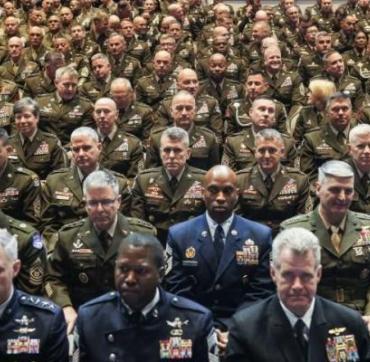The U.S. and China Agree to Reduce Tariffs for 90 Days
especiales

The United States and China held talks over the weekend in Geneva and agreed to substantially reduce mutual tariffs, a significant step in easing trade tensions between the world’s two largest economies.
While not a final agreement, both sides have given themselves 90 days to resolve practical issues where their views diverge. U.S. officials consider many of those issues to be unfair practices and even threats to national security.
Under the terms discussed, the United States will cut tariffs on Chinese products from 145% to 30%, and China will lower its tariffs from 125% to 10%. The changes are set to take effect May 14.
The two countries also agreed in principle to bring their general tariffs down to 10%. However, Washington will maintain exceptions for key sectors, including aluminum, steel and automobiles.
In addition, the U.S. will impose an extra 20% tariff, tied directly to the fentanyl crisis, which has fueled one of the most severe public health emergencies in recent years. The Trump administration says the move is aimed at pressuring China to curb the export of chemicals used to produce fentanyl.
The U.S. and China plan to set up a consultation mechanism to continue discussions on trade and broader economic issues. The Chinese delegation will be led by Vice Premier He Linfeng, while the U.S. delegation will be headed by Treasury Secretary Scott Bessent and U.S. Trade Representative Jamieson Greer. Both sides will retain the roles they played in this weekend’s Geneva talks in upcoming meetings.
A date and location for the next round of talks have not yet been set. Discussions are expected to alternate between Beijing and Washington, though both countries may agree to meet in a third country. Expert-level consultations will be held as needed.














Add new comment